Become a good Artificial Intelligence designer
by Ready For AI · Published · Updated
The artificial intelligence designer is a very trendy name. Is it a new profession or just "old bottled new wine"? I will give some advice to you.
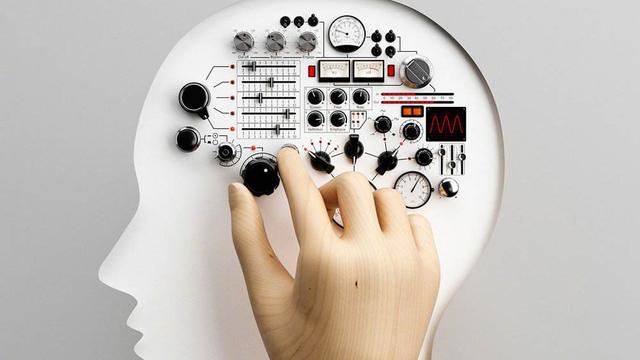
The relationship between artificial intelligence and designers
According to Fortune magazine, artificial intelligence will become a market worth 70 billion US dollars in 2020, this is a concept of the explosion and a rapidly developing market.
Artificial intelligence is just a technical concept that requires specific products to connect users and technologies. Although AlphaGo defeated many masters, it can only prove that it is a very high-level master of Go. What’s really valuable is the deep neural network and tree search algorithm behind it. You might ask: What does this have to do with design? The answer is that there is a very important relationship between them.
Here is a quote from Professor Patrick van Hoof who has been working in the field of design innovation for many years:

Patrick van Hoof
The design will be less about delivering on a user's request, and more about responding to the needs they haven't expressed yet.
In other words, future products should know the next step action ahead of the user and be able to respond in advance. Predict what your next move is actually the truth in Go. Massive data, advanced algorithms, and superb machine compute power to make it possible for the machine to know what you need earlier than yourself.
As a designer, if you can master the most basic concepts in the field of artificial intelligence to know what AI technology can do or what is possible in the future? And you can on this basis give full play to the imagination of the product, then you will be at the forefront of this era of technological development.
Application of artificial intelligence technology in the design of existing products
- Google Doc
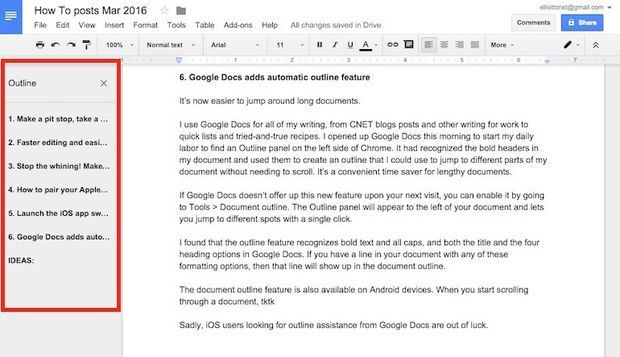
Google Doc has quietly launched a feature, it can automatically generate an article outline for you based on the text format (the outline serves as a full-text overview and navigation). That means you don’t have to tell Google Doc whether a line of content is a first-level title, a second-level title, or a third-level title, Google Doc will analyze the text format and combine a large amount of historical data to automatically guess your intent. This is a very typical example of using artificial intelligence to improve existing products, but it is not easily noticeable by ordinary users.
- Google Inbox
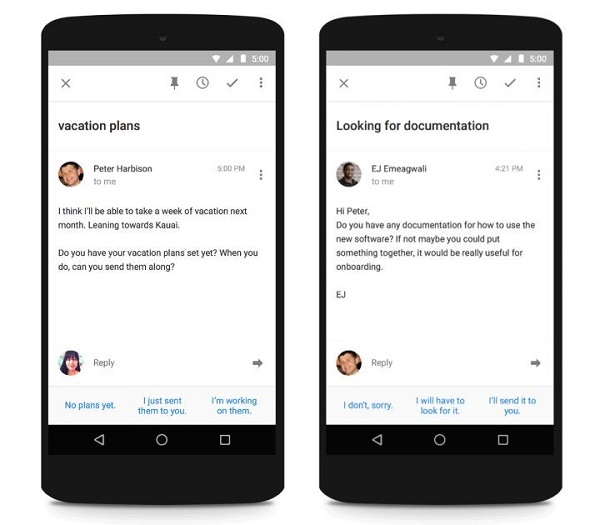
Inbox is a mail app developed by the Google Gmail team that has a very classic feature called “smart reply.” For example, in the above picture, a colleague asks you if there is a document. When you open this email, Inbox will automatically analyze the content of the email and automatically generate some quick response options for you. What’s even more amazing is that Inbox will continue to learn and correct these sentences based on your past email responses, making these sentences more and more like the tone of your usual email.
Features like Smart Reply are no longer the “black magic” that the media is scrambling to report today but are actually a feature that is widely used by users. So the purpose of using artificial intelligence technology in product design should be to meet the needs of users, not just to use the technology. The designer’s role is to connect technology to the user more closely, rather than adding use barriers to product design.
- Amazon Echo

Echo’s interface open strategy has enabled many AI-related software and hardware companies to choose to work closely with each other to achieve mutual benefit and win-win results, so at the CES almost present Amazon’s unique position in the direction of voice assistants.
- “Alexa, turn off the living room lights and turn my bedside lamp to half the brightness.”
- “Alexa, buy a bag of cat food I bought last month.”
- “Alexa, what time does my meeting this morning start?”
Just a few years ago, most of these “human-machine dialogues” only stayed in computer labs and scripts of science fiction movies. However, in the past two years alone the “smart voice assistant” has entered the family of millions of ordinary people in the United States. Voice Interaction Designer has become a sought-after position in Silicon Valley. They don’t use Photoshop, Sketch to make the interface, nor make the prototype with Framer or Principle, and they are the new kind of designer.
Advice for artificial intelligence designers
In the next few years, many technology companies will Actively explore the field of artificial intelligence. Perhaps the artificial intelligence technology has already been used in the products you are responsible for, maybe you are considering how to improve the product experience through artificial intelligence, here are 3 suggestions for designers who had or will be faced with artificial intelligence.
1. Artificial intelligence may not be smart enough, please be prepared to face its shortcomings
When AlphaGo is invincible, when the voice robot in the video knows everything, when Silicon Valley Black Technology brushes your social circle, I will tell you a fact that you may not be able to accept. At this stage, the level of intelligence of artificial intelligence technology in most fields is actually only A baby, if you are the designer you should keep this in mind.
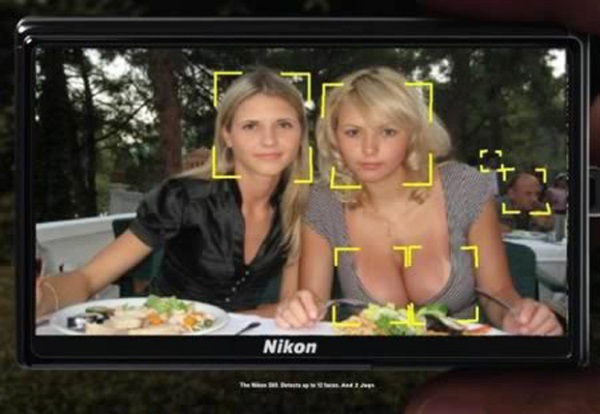
Just like above picture recognition, the problem encountered that the machine learning result is wrong, do you provide the user with a convenient “non-intelligent” way to make up for it and help her solve the problem?
When designing an AI product, always keep in mind that the machine learning will have the worst consequences. Therefore, the “go back” solution under the worst results is usually as important as, and often more important than the design under the best results. Once the user has a disappointing, frustrated mood, they will easy to give up this feature or even the entire product, and it is difficult to deal with. Therefore, a more important principle is that if you have insufficient confidence in machine intelligence, please choose a “go back” solution for the user when designing the product.
How to clearly communicate to the user the benefits of artificial intelligence and how to provide elegant solutions for errors that may arise at any time is a challenge for designers.
2. Reduce the use threshold, timely positive feedback
Providing personalized content to users is a very common application scenario for artificial intelligence technology. Understanding some of the basic information of users is often the basis of personalized content, however in terms of obtaining user information, it is often thought to be simple, but it is not easy to do well.
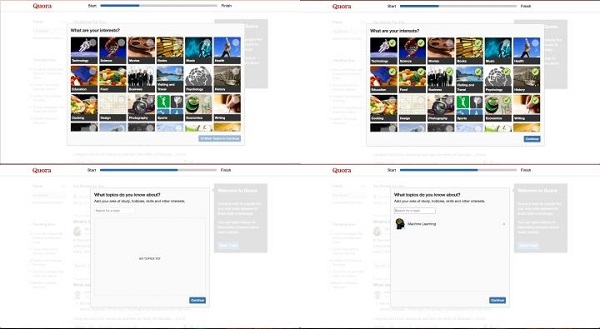
Quora requires new users to select at least 10 areas of interest after the first registration is completed, and users also will be asked to manually enter fields that they are familiar with. We all understand that this is Quora’s desire to show users personalized content by mastering the user’s initial data. The original intention of this interaction process is good, but the experience it brings is very poor, you can see many users complaining on Reddit and Twitter.
3. User trust should be accumulated from some small aspects
We know that trust between people is built on the basis of time and cooperation. In fact, I think people and machines also should be like this.
All of the “intelligent” products on the market have a long way to go before true intelligence. At this stage, the most important thing for artificial intelligence products is to build user trust, perhaps starting with small tasks such as accurately forecasting the weather, playing the correct music, and setting the alarm clock the user wants. High frequency, low error rate, which is a state that all artificial intelligence products should strive to achieve at this stage.

Trust relationships are hard to build, and they are easily destroyed. Therefore, designers of artificial intelligence products should do their own products from small details and strive to accumulate credit points in the hearts of users.
Conclusion
Regardless of how technology advances and in what form it is presented to everyone, technology is must be used to meet people’s needs and even to serve human nature. After you understood these principles, and I believing you to become an good artificial intelligence designer is not difficult.


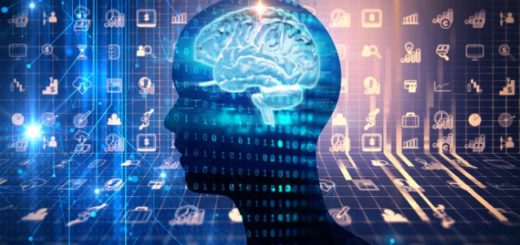
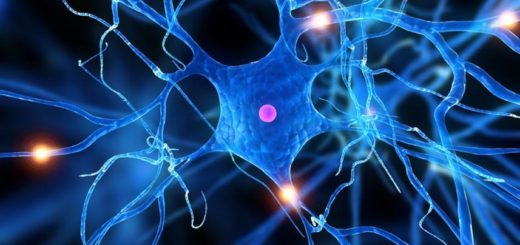
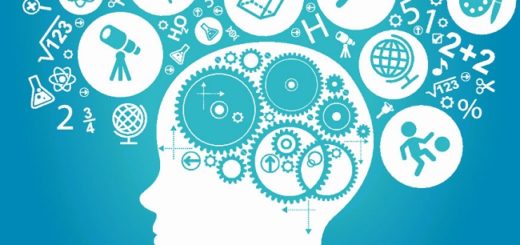


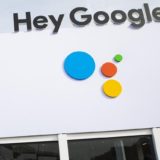

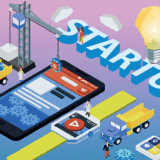

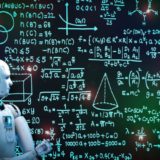






good one